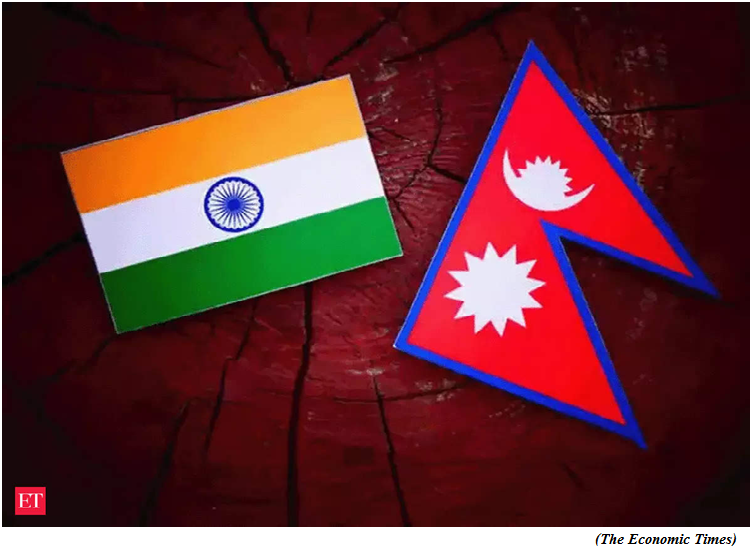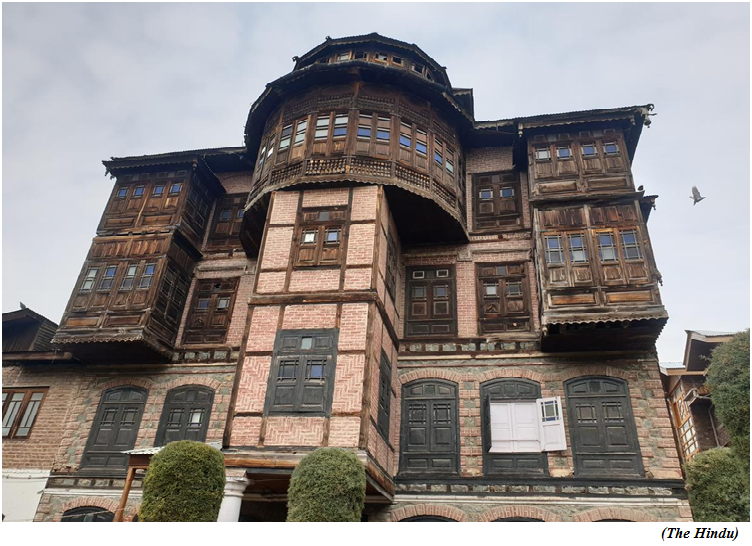India Nepal agrees to add 200 MW to Dhalkebar-Muzaffarpur transmission line (GS Paper 2, International Relation)

Why in news?
Key Highlights:
- The discussions were held on various important issues such as expanding the power of existing, under-construction and proposed transmission lines, Arun Third hydroelectric power, and related transmission line projects and international power export and import.
- An agreement to import and export 70 to 80 MW of electricity from Tanakpur-Mahendranagar 132 KV (kilovolt) power transmission was also signed between the two sides.
- A joint technical team will study possible options for exporting up to 200 megawatts of electricity as well.
- It has also been agreed to set up the necessary mechanisms to export power from Nepal to Bihar during the rainy season through the existing 132 KV transmission line.
- Both the parties agreed on the early completion of the construction work of the Indian section of the 400 KV new Butwal-Gorakhpur transmission line as the second international transmission line by March 2025.
- It was also agreed to build two additional 400 KV capacity international transmission lines between the two countries, including the Inaruwa-Poornia transmission line by 2027/28 and the New Lamki-Bareli transmission line by 2028-29.
- India has responded positively to Nepal's request to grant permission to export 50 MW of electricity to Bangladesh via India as per export-import guidelines if a specific proposal is submitted.
Background:
- Prime Minister Narendra Modi and his then Nepalese counterpart KP Sharma Oli had launched the 140 km Muzaffarpur-Dalkebar power transmission line in 2016.
Telangana’s Teja chilli is hot property in many nations
(GS Paper 3, Economy)
Why in news?
- The burgeoning demand for the popular Teja variety of red chilli, famous for its culinary, medicinal and other wide-ranging uses, in the export market is proving to be a boon for the Khammam Agriculture Market.
- Khammam Agriculture Market houses Telangana’s second largest chilli market yard, in the district headquarters town of Khammam.

Characteristics of Teja variety:
- Khammam district, the largest producer of the Teja variety of red chilli, is the leading exporter of the pungent produce, which is known not only for its culinary purpose to spice up various delicacies but also as a main ingredient in making pepper spray.
- The huge demand for oleoresin, a natural chilli extract, is mainly driving the export of the Teja variety of red chilli from Khammam district to various spice processing industries in several Asian countries.
- The Mudigonda-based oleoresin extraction firm of a Chinese company is engaged in export of the byproduct to its clients.
- The paste extracted from the pungent fruit is also in demand for its use as a protective layer beneath ships in some of the Asian countries.
Export:
- The Teja variety of red chilli is being exported to China, Bangladesh and a few other south Asian countries from Khammam mainly through the Chennai port.
- The volume of exports of the commodity is picking up in tune with growing requirements of the spice processing industries and other allied units engaged in production of value-added products such as sauce and pickles.
Way Forward:
- The export of Teja variety of red chilli is expected to grow from the present ₹2,000 crore per annum to ₹2,500 crore next year.
Fighting seismic threats in Kashmir the Mughal style
(GS Paper 3, Disaster Management)
Context:
- Disturbing images from Turkey that show mountains of rubble piled up on the streets after the devastating earthquake, have reminded denizens of Srinagar that the city is on the National Centre for Seismology’s Zone-V, meaning it is at a very high risk for earthquakes.
- One way of saving lives in case of a natural calamity is to reconnect with older methods of architecture and construction.

What is Uroosi?
History:
- The introduction of Uroosi in Kashmir is traced to Mughal emperor Shah Jahan for the influence it still retains.
- It bears a resemblance to Japan’s houses where wooden walls are used as partition walls. It has the ability to absorb seismic shocks and withstand it. These wooden walls also significantly reduce load on the structure.
Dhajji Diwari:
- Dhajji Diwari or ‘patchwork quilt wall’ in Persian, is another indigenous technique of earthquake-resistant construction.
- A criss-cross of thin timber frames is filled with mud mortar, stone, and ballast, but this too is waning in Srinagar.
Way Forward:
- The people will go back to the traditional ways of home construction in the Valley.
- The only difference is that earlier it was deodar pine wood that was used extensively and now it’s walnut.




